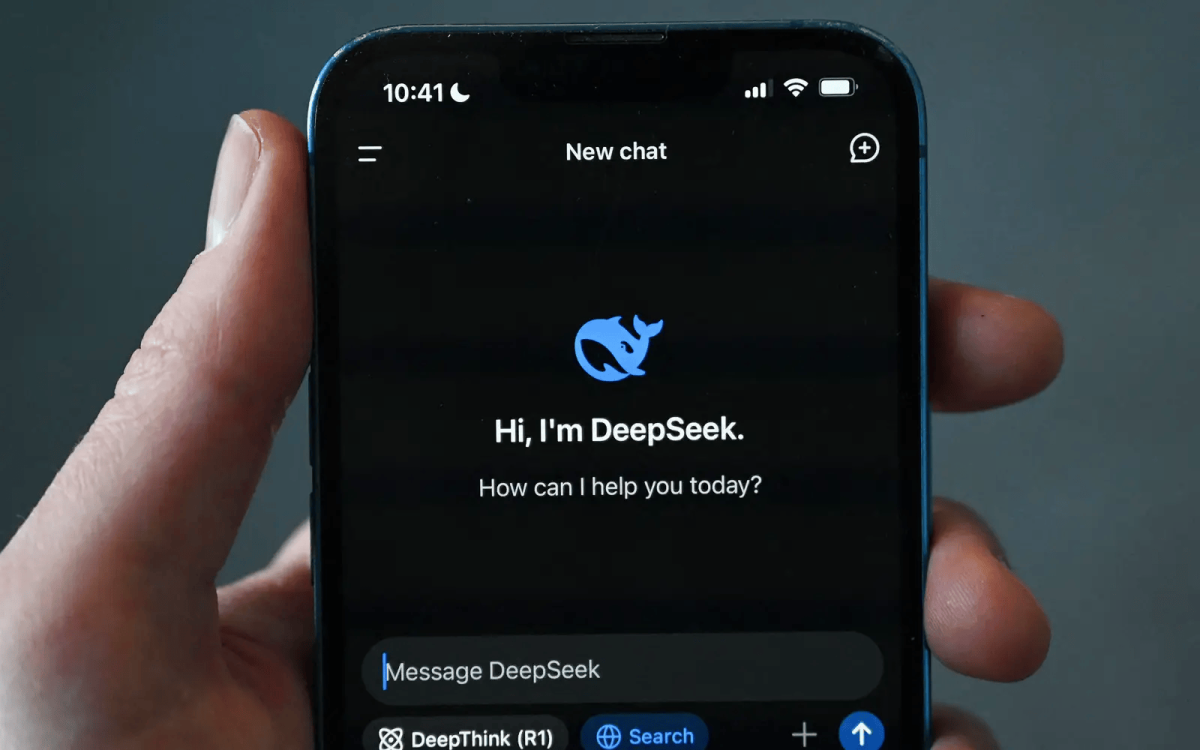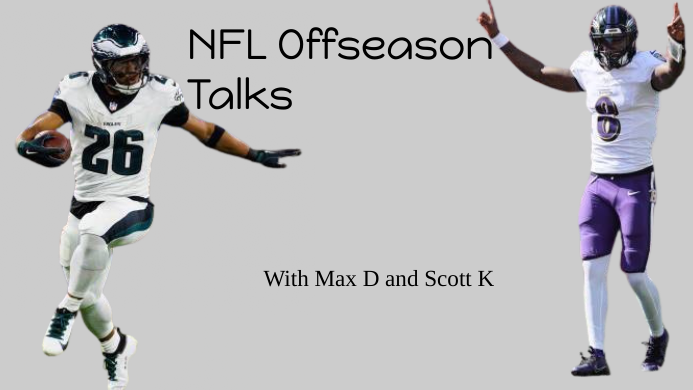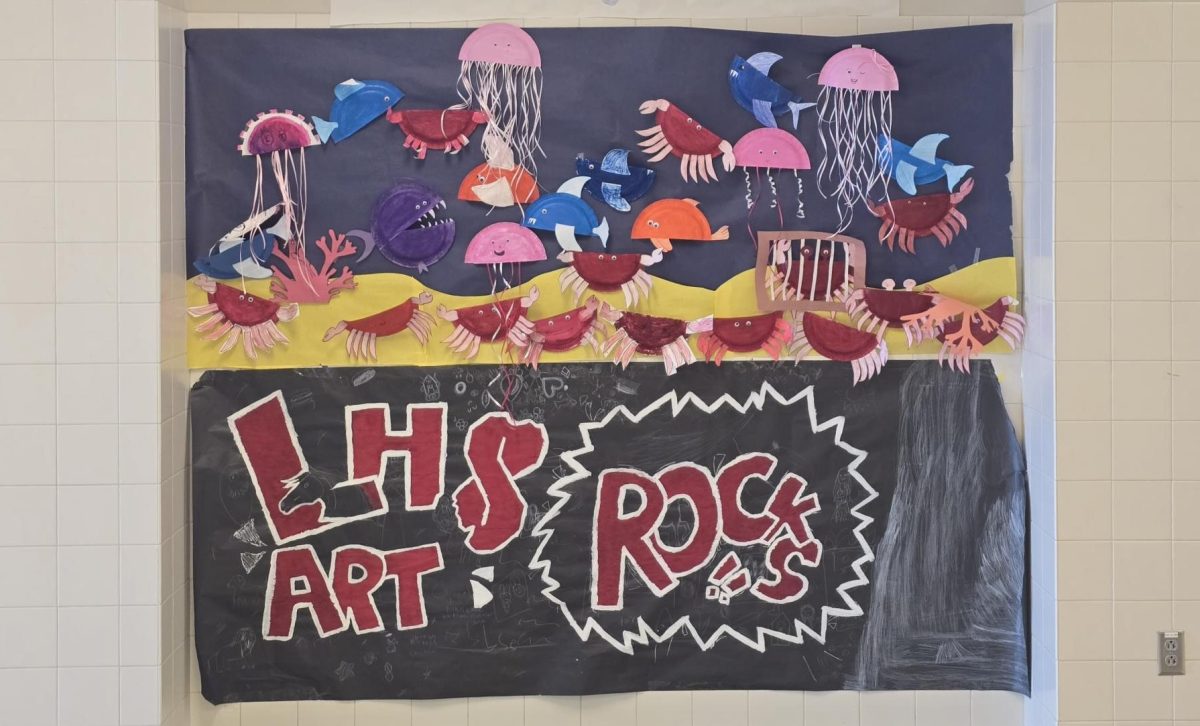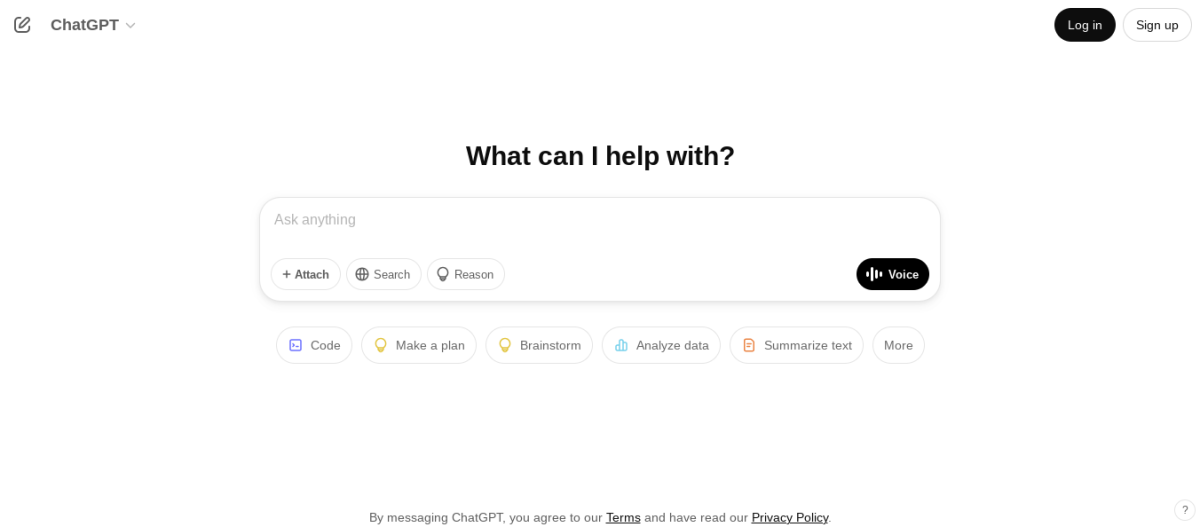Billionaire, genius, savior, narcissist, troll, child: Elon Musk is a man of many titles. Son of Errol Musk, a wealthy South African politician, Elon, of Tesla fame, has been CEO of the company since 2008. He became a near-household name in May of 2012 when his other company, SpaceX, launched the Falcon 9 rocket on a mission to deliver cargo to the International Space Station. Since then, he has continued to popularize himself by embracing a presence in Gen-Z’s “meme culture” and as a uniquely relatable figure among billionaires who were otherwise alienated from the average person.
“I always thought he [Musk] was really smart,” former Musk fan Sophia Patrizi (18) said. “I thought it was super cool how he was taking steps to explore space just like NASA, but in his own way.”
This all changed in 2022 when Musk, who was no stranger to being the subject of discourse and allegations due to his controversial opinions, took a step into a brand new, unchangeable direction.
On April 14, Musk offered to buy the popular social media app Twitter for an astounding $43 billion dollars, stating a sharp intent to embrace the platform’s potential as a truly democratic environment. He reportedly believed that turning the company private was the only way to achieve that goal.
“I invested in Twitter as I believe in its potential to be the platform for free speech around the globe, and I believe free speech is a societal imperative for a functioning democracy,” Musk said in a filing with the Securities and Exchange Commission.
To some, this seemed like a dream. Musk had become an internet icon for many people, especially those in Gen-Z: a generation known for its determination in wanting to escape the confines of established systems, something that Musk appeared to have achieved. Musk says what he wants to, when he wants to. Previously, this had been a sign of admirable freedom, but that quickly changed when Musk’s Twitter acquisition began.
Beginning on July 12, 2022, Twitter began a surprising lawsuit against Musk to force him to complete his purchase of the company after Musk engaged in a series of attempts to back out of the deal. Musk stated multiple personal grievances that made him want to cancel the deal. [Including the existing Twitter staff refusing to give Musk important information that he repeatedly requested.] Twitter, however, argued that no amount of grievances should allow Musk to ignore his now established commitment to the company.
“Musk refuses to honor his obligations to Twitter and its stockholders because the deal he signed no longer serves his personal interests,” Twitter said.
Musk refused to comment on the lawsuit prior to signing a surprise deal on October 4, 2022, before the lawsuit could move forward. He once again promised to purchase the company for a new, slightly higher price of $44 billion.
On October 27, 2022 Musk finalized his purchase of Twitter and, within just a few weeks, began to make his previously unambiguous political ideologies increasingly clear. He openly welcomed former U.S. President Donald Trump back to Twitter, unsuspended Kanye West’s account administration. All of these actions and more have marked Musk down as a firm conservative, despite his previous claims of being independent.
“My pronouns are Prosecute/Fauci,” said Musk on his public Twitter account, simultaneously mocking the LGBTQ+ community and supporting a republican-led investigation into a former leader of the National Institute of Allergy and Infectious Diseases.
Along with these social malfunctions, Musk immediately began to make a series of changes to Twitter’s beloved infrastructure, which only dug a deeper hole for his reputation. On November 4, 2022, just eight days after the deal was completed, Musk let go off nearly half of Twitter’s 7,500-person work force with a single measly email.

Many people’s hopes for Musk’s promised improvements for the platform held on thus far, putting full trust into his claims that the company was vastly overstaffed by people unwilling to put in “long hours at high intensity,” according to a tweet from Musk himself. However, these hopes did not remain for much longer with Musk’s next would-be ‘improvement’.
“I didn’t really think he should run a platform considering he’s a business guy, you know? But if he really had something big to do, then I guess I would’ve been a little interested,” Patrizi said.
On November 8, 2022, Twitter launched a new version of its subscription service, Twitter Blue, allowing any user to access a blue verification check mark if they paid a monthly fee of $8. Previously, the company only verified prominent social figures to prevent impersonation and did so without charging them. Now, anyone could appear to be a prominent figure, which is the last thing needed in the world of false influencers.
Of course, this immediately incited a wave of people impersonating huge companies, including Musk’s own company, Tesla. Within just 24 hours, Musk was forced to roll out a new set of official badges, which essentially serve the same purpose as the original verification check marks, while allowing the site to continue its venture into a subscription model.
People did not enjoy this change in direction, viewing it as an immediate red flag in what many already feared would be just another way for the billionaire to make more money. Linganore High School (LHS) Senior Thomas Burton was among those who held this opinion.
“Blue checkmarks, people used to have them just for being cool,” average Twitter user Burton said. “Now, you gotta pay to be cool? What’s up with that?”
This greed continued as Musk made an assortment of other changes. For instance, Twitter’s character limit, which was originally capped at 140 characters and served as the platform’s entire premise, was raised to 25,000 characters for Twitter Blue subscribers. Musk also added rate limits to the platform, which cap the number of tweets that a user can scroll through each day, in a claimed attempt to prevent “data scraping.” This last change received so much backlash that the limits were greatly raised (not lifted) to 10,000 tweets a day for subscribers and just 1,000 a day for average users.
“If he [Musk] starts changing things and using Twitter to promote his own stuff, that’s an automatic turn off for me,” Patrizi said.
Other general changes under Musk include the addition of a “For You” tab, which users can scroll through to find algorithmically generated content fit to the user’s preferences, and the long sought after edit button. A “For You” page is a mainstay for many other social media platforms and had the potential to be an excellent addition. An edit button is a feature that Twitter users have been begging for since the platform’s conception, and many people were excited to hear it would finally be added. Unfortunately for the average user, both of these changes were ruined by one unfortunate caveat: Only Twitter Blue-verified subscribers are able to have their posts show up on someone’s “For You” page or have access to the edit button.
The final nail in the coffin of the Twitter everyone knew and loved came in a quite literal manner on July 23, nearly nine months after Musk’s original acquisition of the company. Overnight, Twitter was gone and a new mysterious X app had appeared. Musk had embraced a total rebrand of the app with zero warning, and its users were left to play catch up. Immediately, people were outraged by the ridiculousness of this change and the way with which it was dealt.
“The new X is stupid; I hate it. Bring back the bird!” said Jonathan Toohey, a University of Maryland student and ex-Twitter user.
While people begged, pleaded and even demanded that Musk return the app to its former state, he continued forward, revealing more of his lofty plans to the public. Musk had never wanted to own Twitter. X was his grand plan, and Twitter was never anything more than a stolen foundation to build upon.
“Twitter was acquired by X Corp both to ensure freedom of speech and as an accelerant for X, the everything app,” said Musk on his public X account.
Although, for the time being, X remains the same argument-filled battleground to share every bad opinion and meme known to man, much like its predecessor, its time as the social media juggernaut everyone loves to hate is evidently getting closer to its end with every passing update.
In hindsight, all of the changes that X has suffered through since Musk’s acquisition have only continued to push Musk’s not-so-hidden agenda. Regardless of his insistence that X’s leading purpose is freedom of speech, his true, conscious intent was always to take away all that made Twitter special.
“Twitter was… something,” Patrizi said. “It was entertaining. It let people really say their thoughts, even the bad ones.” said
Throughout most of its life cycle, Twitter was a miserable platform to engage in. There is no denying that. It was constantly overflowing with hatred, discourse and deviants, but there was a harsh reality to the platform despite all of its negativity; it was loved because it allowed anyone (who was able to maintain a bare minimum moral standard) to state their opinion plainly and fairly within a word limitation that forced their communication to be clear and concise, rather than buried in a mountain of political mud or social standard garbage.
This state of Twitter did not conform with Musk’s idea of freedom of speech. Musk clearly found the majority of opinions on the platform to be unfair, imbalanced and, most importantly for Musk’s gargantuan ego, grossly dissimilar to his own conservative beliefs. This, and a constant greed driven by his wealthy upbringing, led Musk to steal one of the greatest social tools to ever exist and make it into a biased platform that muffles the less fortunate and serves more as an echochamber for Musk’s own opinions than as a platform designed exclusively to represent freedom of speech and democracy as a whole.













